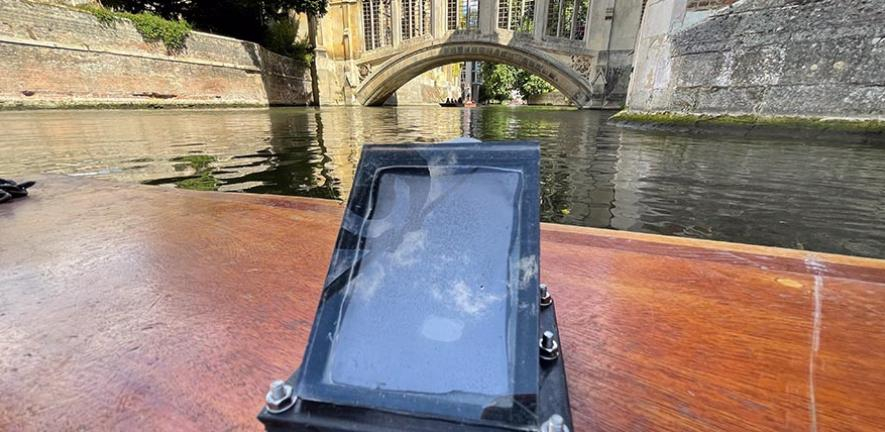Clean Tehnica reports that the device doesn't require an outside power source to work and it works with almost any water source. Erwin Reisner, researcher at Saint John's College, said that "these are the sorts of solutions we will need to develop a truly circular economy and sustainable future."
The group of scientists who developed the device took their inspiration from nature, specifically from the photosynthesis process that plants use to convert sunlight into nutrients. However, previous versions of the presented "artificial leaf" were only able to produce clean hydrogen from clean water sources.
By contrast, the current device is able to make use of any water source out there to produce both green hydrogen fuel, as well as clean water for consumption and tests done so far show promising results in these aspects.
Co-lead author Ariffin Mohamad Annuar said that "in remote or developing regions, where clean water is relatively scarce and the infrastructure necessary for water purification is not readily available, water splitting is extremely difficult. A device that could work using contaminated water could solve two problems at once: it could split water to make clean fuel, and it could make clean drinking water."
The team of researchers combined a photocatalyst and a nanostructured carbon mesh, which can absorb both the light and the heat, generating the water vapor necessary in order to generate green hydrogen. At the same time, the new device is also able to use more of the sunlight's spectrum, being more efficient with the energy that it collects.
Dr Chanon Pornrungroj from Cambridge’s Yusuf Hamied Department of Chemistry claims that "this way, we’re making better use of the light – we get the vapor for hydrogen production, and the rest is water vapor. This way, we’re truly mimicking a real leaf, since we’ve now been able to incorporate the process of transpiration."
As 1.8 billion people lack access to clean water in their households, such a device could help supplying them with this fundamental resource, while also generating clean hydrogen, one of the fuels of the future in the eyes of many experts.
"It’s so tolerant of pollutants, and the floating design allows the substrate to work in very cloudy or muddy water. It’s a highly versatile system", Pornrungroj added.
Photo source: University of Cambridge
 Mihai - Cristian Ioniță
Mihai - Cristian Ioniță












Any thoughts?